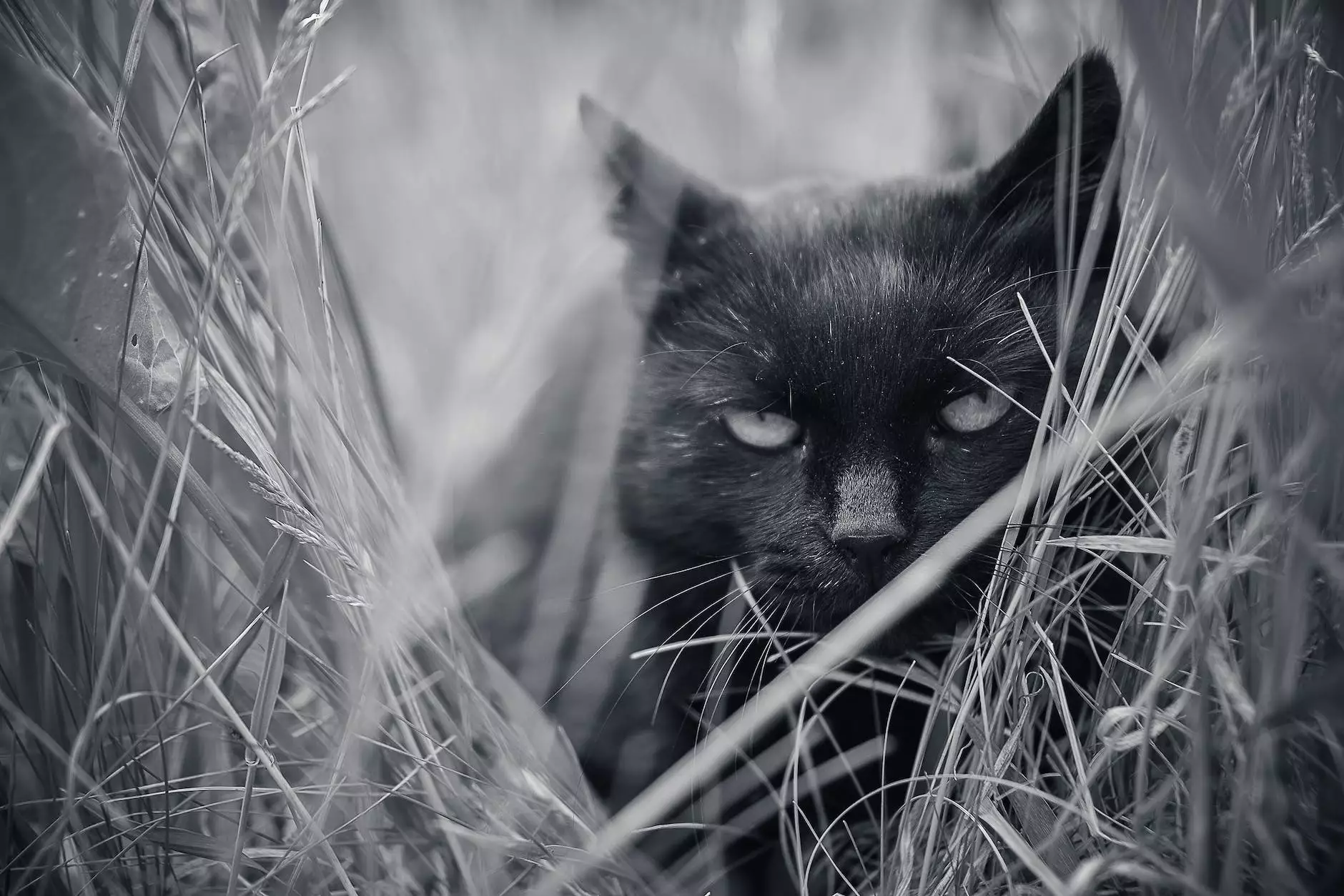Why Do Cats Climb?

The Inherent Climbing Nature of Cats
When it comes to our feline companions, their love for climbing is deeply rooted in their evolutionary history. Cats are natural-born climbers, thanks to their exceptional agility, muscular bodies, and sharp claws. Understanding why cats climb is crucial for cat owners to fulfill their pet's instinctual needs while ensuring their safety.
Instinctual Reasons for Climbing
Climbing serves multiple purposes in a cat's life that date back to their wild ancestors. Let's explore some prominent instinctual reasons why cats love to climb:
1. Heightened Observation
Cats have an innate curiosity and desire to explore their surroundings. Climbing allows them to gain a broader perspective, giving them a vantage point to observe their environment from above. This behavior also helps them identify potential threats or prey.
2. Territory Marking
Cats are known to be territorial creatures. Climbing allows them to claim and mark their territory, both indoors and outdoors. By climbing trees, furniture, or vertical structures, they leave scent marks through their paw pads, which act as a form of communication to other cats in the vicinity.
3. Safe Haven
Climbing provides cats with a sense of security and safety. In the wild, cats would seek refuge in trees to escape predators or other dangers on the ground. Even as domesticated pets, cats retain this instinct and often climb to high places when they feel threatened or stressed.
4. Exercise and Stimulation
Climbing offers cats an excellent form of physical exercise and mental stimulation. It engages their muscles, promotes flexibility, and keeps them physically fit. Additionally, climbing can alleviate boredom and prevent destructive behavior, as it provides an outlet for their energy.
Tips for Encouraging Safe Climbing
As responsible cat owners, it's essential to provide our feline friends with safe and suitable climbing opportunities. Here are some tips to consider:
1. Scratching Posts and Cat Trees
Invest in sturdy scratching posts and cat trees to fulfill your cat's climbing needs indoors. These structures offer vertical space and provide them with an alternative to your furniture or curtains.
2. Window Perches or Cat Shelves
Place window perches or cat shelves near windows, allowing your cat to observe the outdoor world comfortably. This gives them an opportunity to climb and enjoy the sunlight while remaining indoors.
3. Outdoor Enclosures
If you have outdoor space, consider building a secure outdoor enclosure or catios to give your cat the freedom to climb trees and explore the outdoors safely.
4. Interactive Playtime
Engage your cat in interactive play sessions using toys such as feather wands or laser pointers. This helps them fulfill their hunting instincts and burn off excess energy, reducing their desire to climb aggressively indoors.
5. Vertical Hiding Places
Provide vertical hiding places, such as tall cat condos or shelves, where your cat can retreat and feel secure. These areas offer a sense of privacy and allow them to observe their surroundings comfortably.
Conclusion
Understanding the reasons behind a cat's natural inclination to climb is crucial for cat owners. By providing suitable climbing opportunities and enriching their environment, we can satisfy their instinctual needs while ensuring their safety. Remember, each cat has its unique preferences, so observe their behavior and provide them with the right climbing options tailored to their individual personalities.










